In a world increasingly conscious of sustainability and creative reuse, plastic water bottles have emerged as unlikely heroes in the DIY revolution. These ubiquitous containers, often discarded without a second thought, hold immense potential for transformation. Across continents, innovative minds are breathing new life into empty bottles, turning them into functional objects and artistic statements that challenge our perceptions of waste.
The journey of a single plastic bottle can take surprising turns when imagination intervenes. Some crafters have discovered that the humble water bottle makes an excellent vertical garden when cut horizontally and stacked. The transparent nature of the material allows for easy monitoring of root growth, while the durable plastic withstands outdoor conditions remarkably well. Urban dwellers with limited space particularly appreciate this upcycling solution, creating lush green walls that purify air while reducing plastic waste.
Lighting solutions represent another fascinating application for discarded bottles. When fitted with simple LED components, the diffused glow through textured plastic creates ambient lighting perfect for outdoor spaces. Some artisans take this further by melting and reshaping bottles into intricate lampshades, demonstrating how heat manipulation can elevate basic materials. The play of light through these upcycled creations often surpasses commercial alternatives in both uniqueness and environmental friendliness.
Educational settings have embraced water bottle upcycling with particular enthusiasm. Science teachers utilize them for everything from homemade terrariums demonstrating the water cycle to physics experiments about air pressure. The transparency and malleability make them ideal for hands-on learning, while simultaneously teaching students about resourcefulness and environmental responsibility. Some schools have even organized competitions for the most innovative bottle reuse, sparking remarkable creativity among participants.
Functional home organization represents perhaps the most practical application of upcycled bottles. Carefully cut containers become pen holders, bathroom organizers, or kitchen utensil storage. The screw-top lids make them particularly useful for storing dry goods like rice or beans in humid climates. Crafters often decorate these practical creations with fabric scraps, paint, or decoupage, transforming what was once trash into personalized home accessories with character and purpose.
The fashion industry has surprisingly found inspiration in water bottle reuse as well. Forward-thinking designers melt down the plastic to create fibers for clothing and accessories, while others use intact bottles as structural elements in avant-garde pieces. These initiatives not only reduce waste but challenge conventional materials in fashion design. Runway shows featuring upcycled bottle creations spark important conversations about sustainable style and innovation in material sourcing.
Art installations utilizing thousands of water bottles have made powerful statements about consumption and waste in public spaces worldwide. These large-scale projects visualize the staggering volume of plastic waste humans generate while demonstrating its aesthetic potential. Some installations incorporate lighting or kinetic elements, creating mesmerizing displays that change with weather conditions or viewer interaction. Such works prove that environmental messages can be delivered with beauty and creativity rather than guilt and austerity.
In developing regions where resources are scarce, water bottle upcycling takes on particularly ingenious forms. Entire buildings incorporate bottles filled with sand as "eco-bricks" in their construction, creating well-insulated walls with excellent thermal properties. Other communities use them as floatation devices in fishing nets or create water filtration systems from layered bottles and natural materials. These solutions demonstrate how necessity breeds innovation, turning waste into valuable resources that address multiple challenges simultaneously.
The psychological impact of upcycling shouldn't be underestimated. Engaging in creative reuse fosters a mindset shift from consumption to resourcefulness. People who transform discarded items often report feeling more connected to their possessions and more conscious of their purchasing habits. This subtle but profound change in perspective represents perhaps the most valuable outcome of the upcycling movement - a redefinition of value that could ultimately reduce waste at its source.
As environmental concerns continue to grow, the humble plastic water bottle stands as both a symbol of our disposable culture and a canvas for change. Each transformed bottle represents a small victory against mindless consumption, a tangible example of how creativity can redefine waste. Whether through practical applications, artistic expression, or technological innovation, these everyday objects continue to surprise us with their potential for reinvention, reminding us that solutions to environmental challenges might be hiding in plain sight.

By Thomas Roberts/Apr 25, 2025
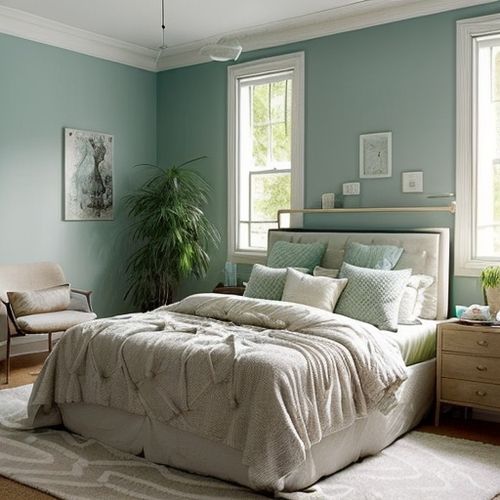
By Daniel Scott/Apr 25, 2025
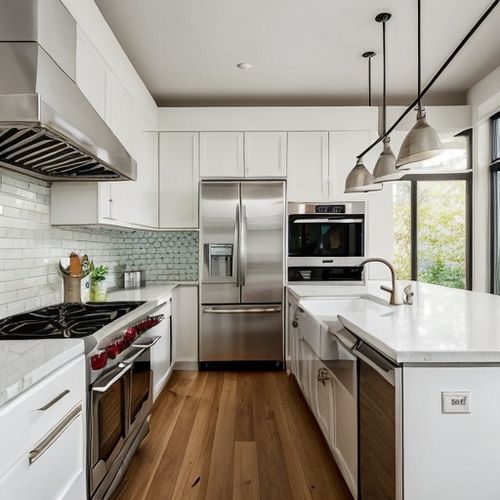
By Thomas Roberts/Apr 25, 2025
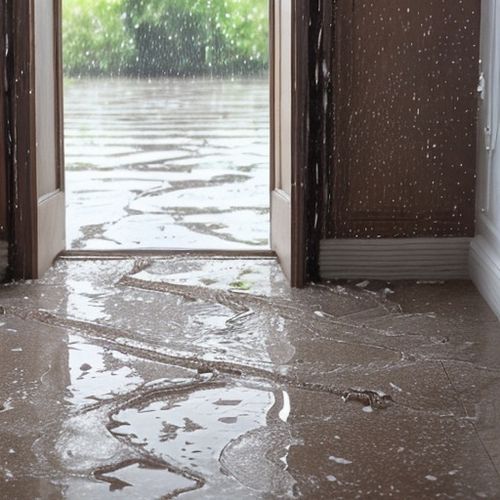
By Daniel Scott/Apr 25, 2025
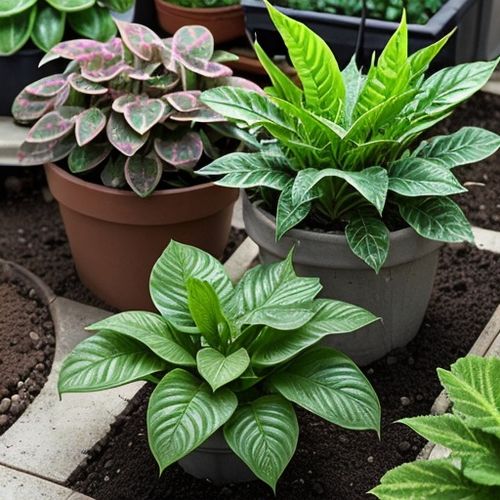
By Lily Simpson/Apr 25, 2025
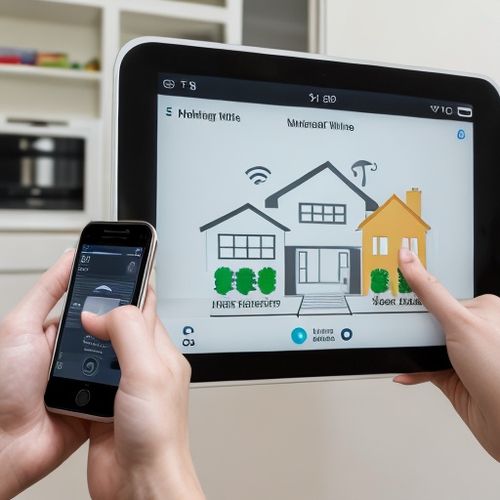
By Megan Clark/Apr 25, 2025
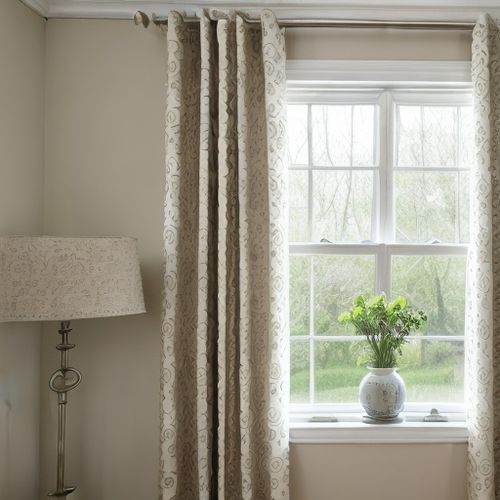
By Christopher Harris/Apr 25, 2025

By Amanda Phillips/Apr 25, 2025

By John Smith/Apr 25, 2025

By Michael Brown/Apr 25, 2025
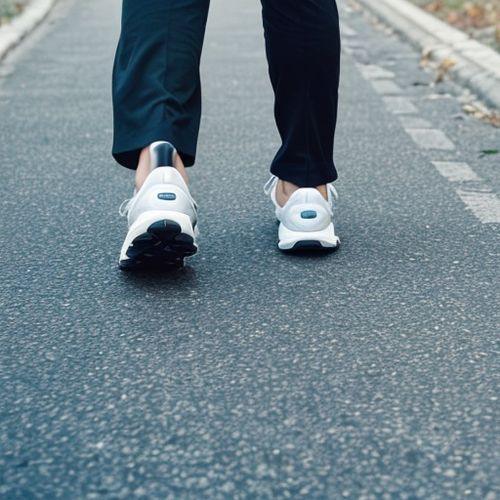
By Daniel Scott/Apr 25, 2025

By Olivia Reed/Apr 25, 2025
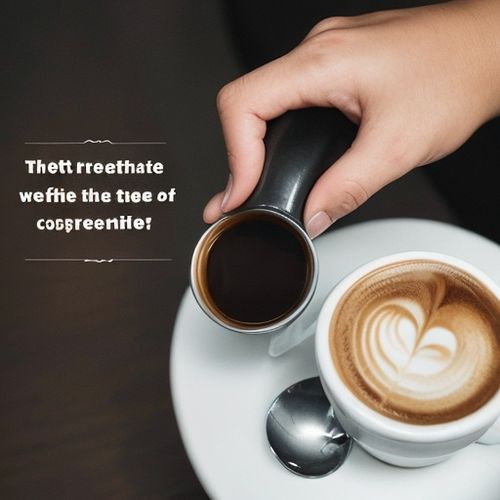
By Elizabeth Taylor/Apr 25, 2025
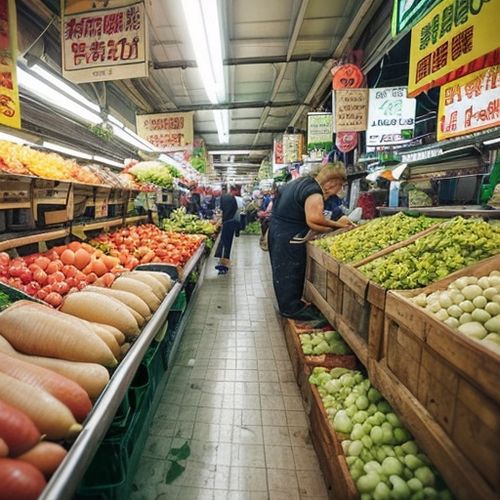
By James Moore/Apr 25, 2025
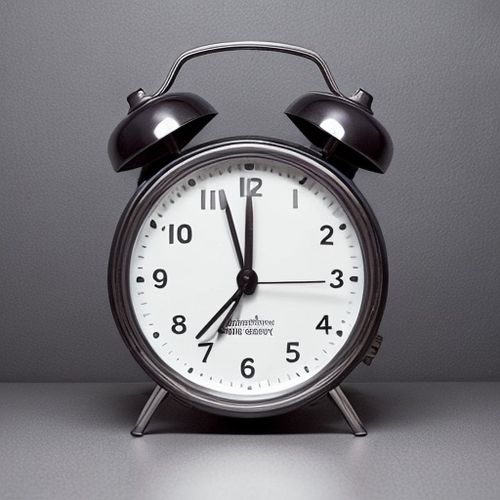
By John Smith/Apr 25, 2025

By William Miller/Apr 25, 2025

By Daniel Scott/Apr 25, 2025

By Emma Thompson/Apr 25, 2025

By James Moore/Apr 25, 2025
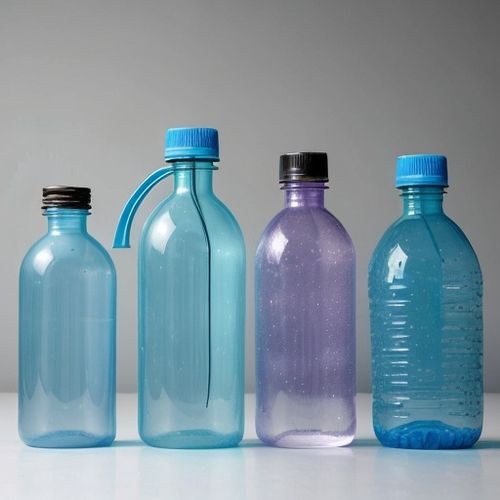
By Ryan Martin/Apr 25, 2025